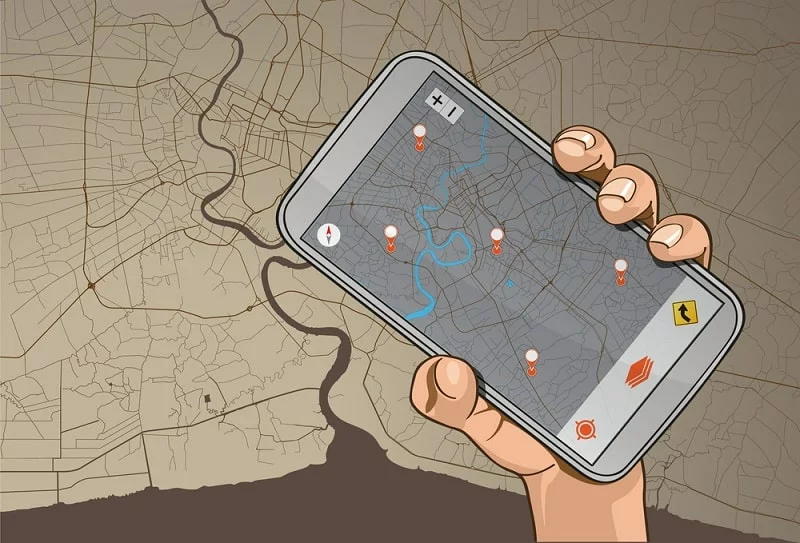You’re standing there, staring at your empty pocket, replaying every step you took, trying to remember where you lost your Android phone. Was it the coffee shop? The parking lot? The train? It’s gone — and your phone is out there somewhere, slipping further away with every minute. Your mind jumps straight to that 15-digit IMEI number you once heard could save the day.
But can it? Let’s get brutally honest: the IMEI can help, but not the way you think.
Here’s the real story of what your IMEI can and cannot do in 2025 when it comes to tracking or recovering a lost Android phone.
What Is an IMEI Number for Android Phones?
Picture your IMEI number like a fingerprint, but for your phone. It’s a 15-digit code that no two devices share — an identity badge baked deep into your Android’s hardware. Whether it’s a Samsung Galaxy S25 Ultra or a Google Pixel 9 Pro XL, every phone carries this internal ID.
The IMEI isn’t a GPS tracker. It doesn’t beam your location into the sky like Batman’s sonar. It does one thing perfectly: it identifies your device to cellular networks. When you report a stolen phone, carriers can blacklist it using the IMEI, cutting it off from calls, texts, and mobile data. Police can also link stolen devices to theft cases — assuming they have the number.
Checking the IMEI is also critical when buying a used Android phone. Services like CTIA’s Stolen Phone Checker (U.S.) and GSMA’s Device Check (globally) still help users verify if a device is clean.
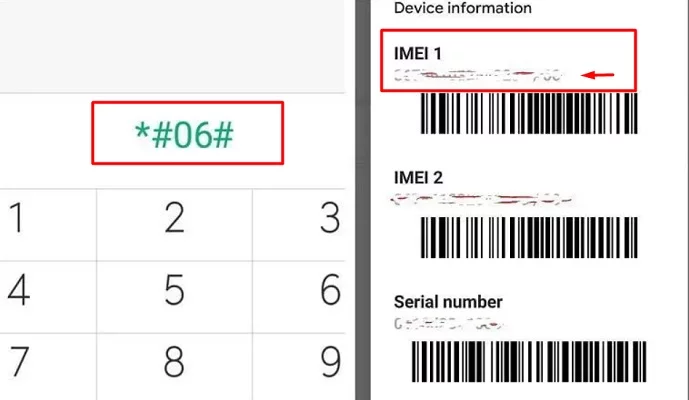
Can You Track a Lost Android Phone with IMEI? (The Truth)
You’re scrolling forums, desperate, and you keep seeing it: “Track a lost Android phone using just the IMEI number!”
Sounds heroic. It’s not.
IMEI tracking operates behind the scenes through carriers and law enforcement, not through apps or public tools.
If the stolen phone reconnects to a network and the IMEI remains intact, authorities might triangulate its approximate location using cell tower signals — but success depends heavily on timing and cooperation.
To even start that process, you need to file a police report. Without it, your carrier won’t act.
And even then, chances are slim unless the phone remains active and local.
Because of these limits, Google and security experts recommend real-time location tools over unreliable IMEI tracking.
How to Track Your Lost Android Phone in 2025
IMEI tracking often fails. So, what actually helps you recover your lost phone?
These aren’t just ideas — they’re the tools Android users turn to when it really matters.
1. Using Google’s Find My Device (Best Method)
If you set it up right — and in 2025, most Android phones do by default — Find My Device is your digital bloodhound.
Here’s what it needs to work:
- Your lost phone must be signed into a Google Account.
- It must have an active Wi-Fi or mobile data connection.
- Location services must be enabled.
- “Find My Device” must have been turned on beforehand.
Since 2024, Google’s Find My Device network also taps into crowdsourced location pings — meaning nearby Android devices can anonymously help locate your missing device, even if yours is offline.
It’s not perfect yet (Apple’s Find My still leads slightly), but Google’s catching up fast.
If your phone isn’t switched off, you’ll see its approximate spot on the map. You can ring it or take remote action to secure your data instantly.
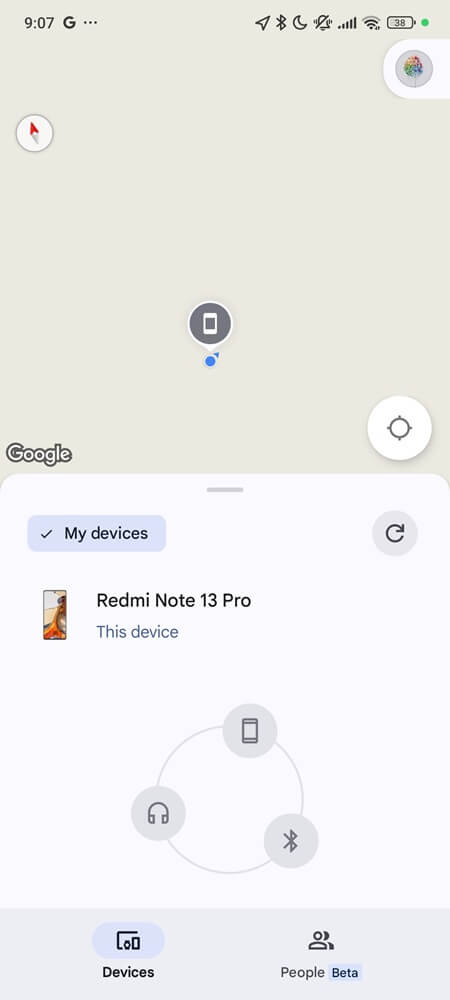
Still no luck? Google Timeline might still give you a lead.
If you had Location History enabled, Google Maps may have logged where your device was last active.
Open Google Maps on another device, access your Timeline, and retrace your movements — maybe it’s still sitting at a coffee shop or a train station.
Act fast, because this data becomes less useful over time.
2. Brand-Specific Finders: A Second Lifeline
Google’s Find My Device is the go-to for most Android users, but if you’ve set up your phone brand’s built-in tracker, you might just have a second lifeline waiting.
Samsung Galaxy: SmartThings Find
If you’re using a Samsung, you get extra tools beyond Google’s Find My Device.
SmartThings Find lets you back up your data, retrieve calls and messages, extend your phone’s battery life for tracking, and even locate it offline using nearby Galaxy devices. You can also erase your data remotely if recovery fails — just note it disables further tracking.
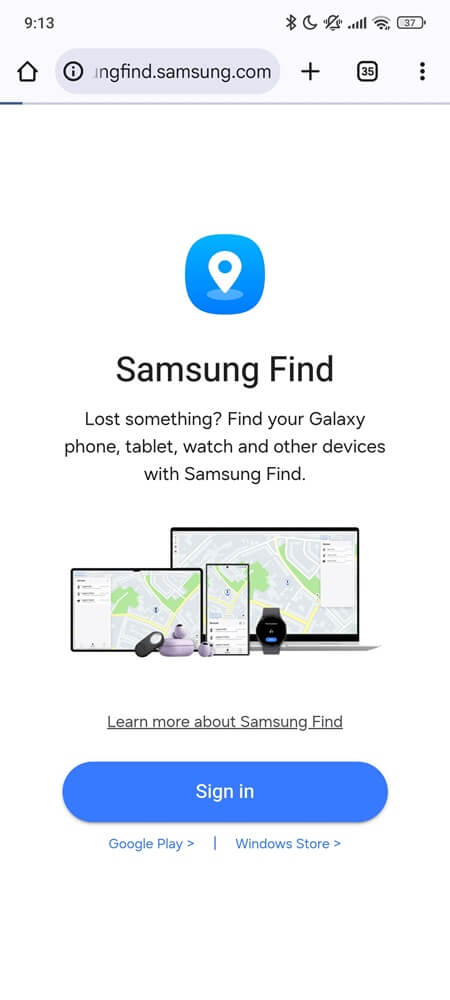
It’s still one of the most complete built-in tracking services on any Samsung.
Xiaomi Devices: Mi Cloud Find Device
Got a Redmi, Poco, or Mi phone?
Xiaomi’s Mi Cloud can quietly track your device if you have linked a Mi account beforehand.
You can check its last known location, freeze access, or wipe your files in seconds.
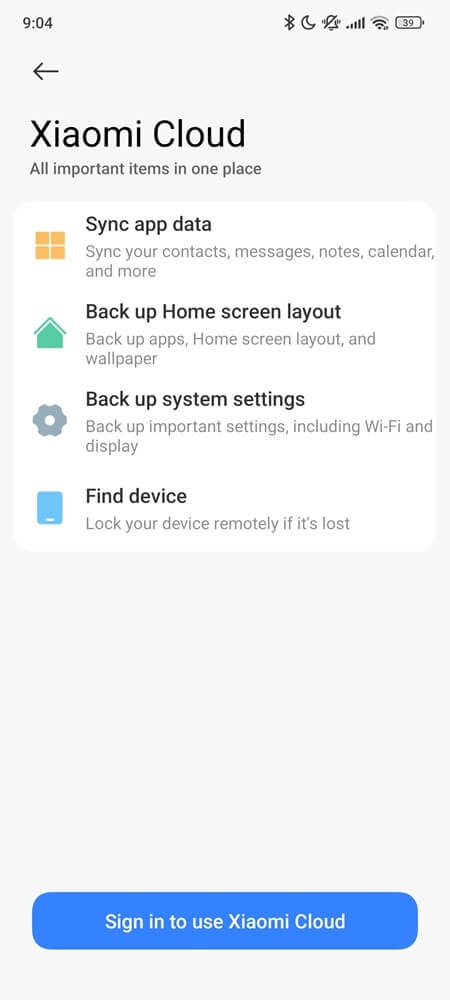
It’s not flashy, but when speed matters, this backup tracker does the job.
OPPO, Realme, and OnePlus (ColorOS): HeyTap Cloud Backup
These Android phones use HeyTap Cloud mainly for backing up videos, photos, contacts, and notes — if your HeyTap account is linked.
For location tracking and remote actions, Google’s Find My Device is your best bet. HeyTap’s tracking tools are mostly limited to China and don’t work reliably on global models.
3. Reporting Your IMEI to Your Carrier and the Police
This is where your IMEI finally steps up.
Once you realize you can’t find the phone through location services, take these steps immediately:
- File a police report that includes your IMEI, device info, and proof of ownership.
- Contact your mobile carrier (Verizon, T-Mobile, Orange, etc.). Not sure who your real SIM carrier is? Here’s how to find out.
Your carrier can block the device from accessing mobile networks, making it nearly useless to thieves. Law enforcement can also add the IMEI to national stolen device databases, used by shops and repair centers to flag suspicious devices.
4. What to Do If You Cannot Track Your Phone
Even with location services turned on, things don’t always go as planned. If Find My Device or your brand’s tracker shows “Can’t access location” or fails to update, your phone is likely offline, powered down, or out of range. When that happens, it’s time to shift from tracking to protecting:
- Secure or wipe your device using Find My Device or your phone brand’s tracker.
- Notify your bank to freeze any linked cards or payment accounts immediately.
- Contact your phone insurance provider, if you have coverage, to file a claim for loss or theft. Many 2025 plans offer quick replacements, easing the financial sting.
- Change passwords for your Google Account, social media apps, and financial services.
- Monitor your accounts for any signs of unauthorized access or suspicious activity.
A lost phone exposes your entire digital life — act fast to lock it down and protect yourself.
How to Protect Your Android Phone from Being Lost or Stolen in 2025

Nobody thinks they’ll lose their phone. Until they do. Preparation isn’t paranoid — it’s smart.
- Secure your IMEI number somewhere safe — encrypted, not just floating in your gallery. Dial *#06# to find it.
- Double-check that Find My Device is turned on, but go further: enable Factory Reset Protection. That way, even after a wipe, the thief can’t unlock it without your Google login.
- Set a strong screen lock — PIN, pattern, fingerprint, or face unlock to block instant access if your phone falls into the wrong hands. It’s your first and fastest line of defense.
- Set a SIM PIN to prevent someone from using your SIM in another device to hijack your accounts.
- Configure app-specific kill switches for sensitive apps like Google Authenticator or your banking app. Many now offer remote logout or unlink options, letting you block access instantly if your phone is lost.
- Update your Google Account recovery phone and email settings. Fast recovery can save you hours of stress if something goes wrong.
Phones are small. Mistakes are smaller. But if you prep now, you won’t panic later.
Can Someone Change or Fake Your Phone’s IMEI?
You’ve seen it in movies: hackers scrambling phones by changing their identity.
Sadly, it’s not pure fiction.
IMEI cloning is real — and illegal. Skilled criminals can sometimes overwrite a stolen phone’s IMEI to mask its true identity.
But Android manufacturers like Samsung and Google have made major moves: newer devices now embed the IMEI into tamper-resistant secure chips, making it much harder to change than it used to be.
Still, fast action matters. Report your stolen phone and blacklist the IMEI early — before anyone has a chance to tamper with it.
And if cloning does happen, tracking your original device becomes nearly impossible.
Final Advice
Finding your lost Android in 2025 means using real-world tools: Google’s Find My Device, your phone brand’s tracker, your mobile carrier, and law enforcement, not myths like IMEI tracking.
Preparation and fast action are your best weapons. And if you’re reading this before anything bad happens? You’re already smarter than 90% of people.
Because when the moment comes and your phone disappears…
Will you wish you knew how to track it, or wish you had already protected it?
